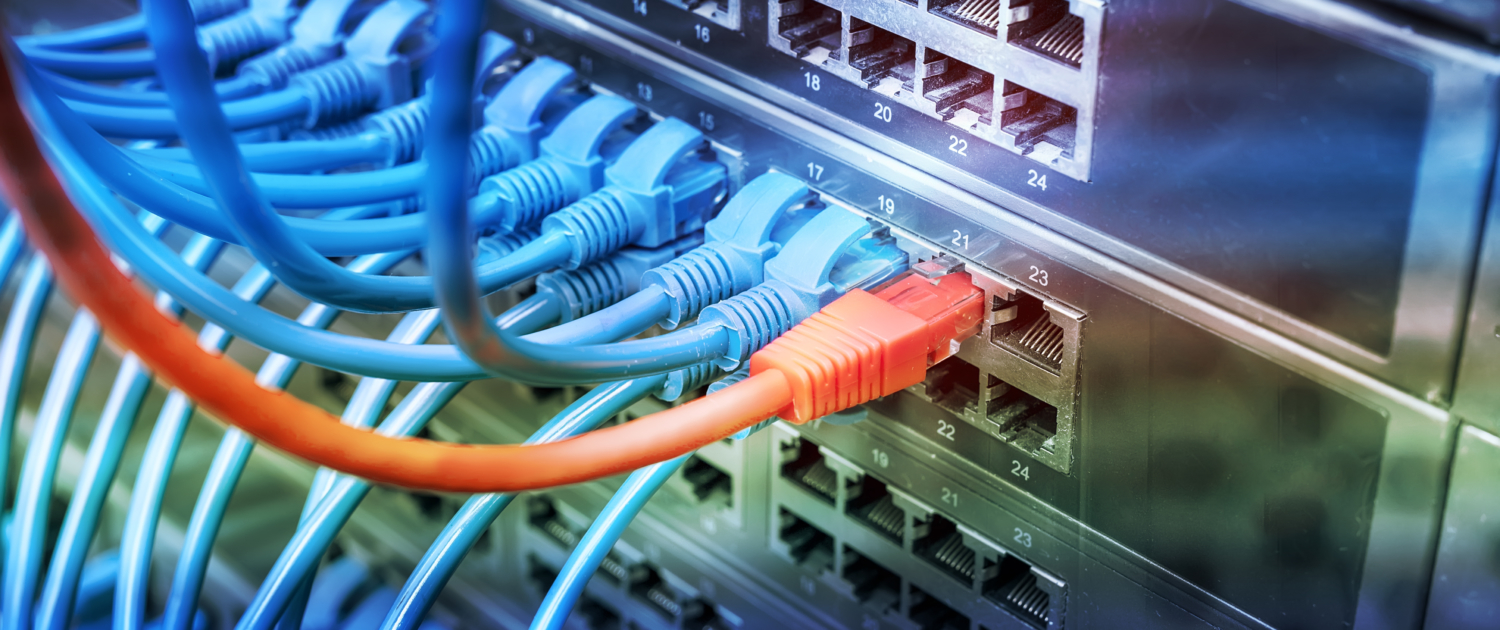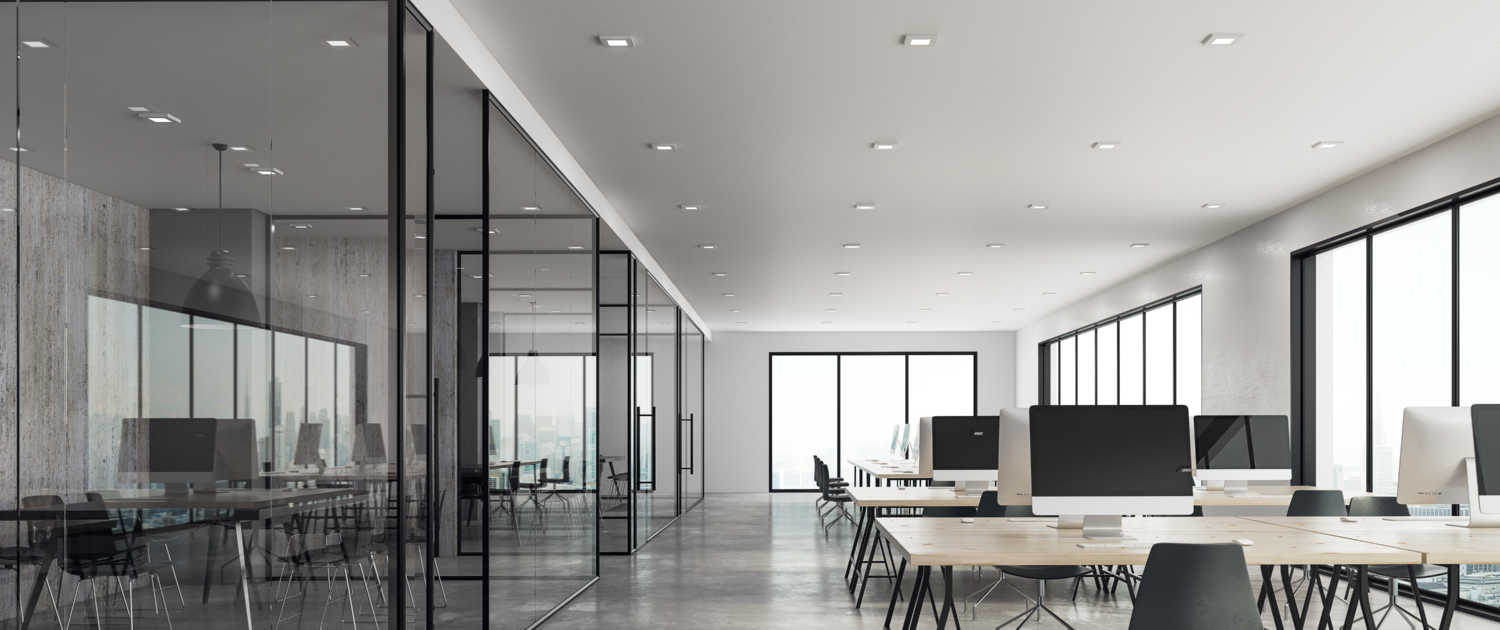Structured cabling system components
All telephone and data cabling installations are unique to the premises and client requirements. However, most of these projects will consist of very similar sets of structured cabling system components. Included areas and the method of installation will differ from project to project. In addition, not all elements will be present, this will change depending on the size of the project.
Below is a list of the 6 areas that are commonly found in every telephone and data cabling installation.
- Entrance Facility
- Equipment Room
- Backbone Cabling
- Telecommunications Room
- Horizontal Cabling
- Work Area
Generally, larger projects will include all the above components as presented. Smaller projects will frequently combine some of the components. For example, the entrance facility and equipment room may be in the same room. In some cases, smaller projects might not include all components. For instance, the client might only have one cabinet, therefore, there’ll be no sub cabinets or backbone cabling.
What are the benefits of structured cabling?
- Simplifies troubleshooting
- Maintenance of cable infrastructure becomes much easier
- Provides a standardized way to connect devices
- Allows for easy upgrading and expansion
- Reliable and can handle large amounts of data
- Cost effective and can save you money in the long run
- It is easy to maintain and requires little ongoing maintenance
Cable Management
Good cable management is essential for a successful structured cabling system. Cables that are not properly organized and managed can lead to interference and signal degradation. In addition, improper cable management can be a safety hazard.
There are several ways to manage cables, but the most common is to use trunking or cable ties. Cable ties can be used to bundle cables together, or to attach them to a surface such as a wall or rack. They are quick and easy to use, and they are an effective way to keep cables organized and under control.
What are the 6 components of structured cabling?
Entrance Facility
The entrance facility is the first point of contact for all telecommunications wiring in your building. It is responsible for routing all outside cable into the building and connecting it to the internal telephone and data systems. Lastly, the entrance facility should include a series of closets, each with its own rack or cabinet to house the necessary equipment.
Equipment Room
The equipment room is the heart of your structured cabling system. This is where all the main telecommunications equipment is located, including telephone switches, routers, and servers. The layout of the equipment room will vary depending on the size and complexity of your installation, but it should always be designed for easy access and maintenance. In addition, the design of the equipment room should be well-ventilated and have plenty of space to accommodate all your hardware.
Backbone Cabling
The backbone cabling is the main trunk line that runs through your building, connecting all of the telecommunication’s closets and equipment rooms. It is responsible for carrying all your data and voice traffic, so it must be designed for high-bandwidth applications. Ideally the backbone cabling should be made up of fibre optic cables, which can handle large amounts of data without any signal degradation. The list below shows other commonly used cables.
- 100-ohm twisted pair cabling: Cat5e, Cat6 or Cat6a
- Multi-mode optical fibre, 850 nanometre laser-optimised 50/125 micrometre
- Single-mode optical fibre
Telecommunications Room
A telecommunications room (TR) is a room in a building where the cabling that serves the floor is terminated. Generally, the TR is usually adjacent to, or within, an equipment room. Telecommunications rooms are also commonly called cross-connects, wiring closets, and telecom closets.
Additionally, the TR should be designed to provide enough space and facilities to terminate all the cabling on the floor. This includes the cable coming in from the entrance facility, as well as the cables running between the TR and other telecommunications rooms on the floor. Lastly, the TR should also have a work area where technicians can access and work on the cabling.
Horizontal Cabling
Horizontal cabling is the cabling that runs between the telecommunications room and the individual workstations. It consists of a series of cables, usually with a connector at each end, that run from the wall outlet to the computer or telecommunications equipment.
The type of cabling you use for horizontal cabling will depend on the type of devices you are connecting. For example, if you are using Category 5e or 6 cabling, you will need to use either twisted-pair cable or shielded twisted-pair cable. If you are using fibre optic cabling, you will need to use optical fibre cable.
commonly used cable types
- Multi-mode optical fibre cabling
- Single-mode optical fibre cabling
- Four pair 100OHM shielded twisted pair or unshielded (Cat5e, Cat6, or Cat6a)
Work Area
A work area is a location where people do their work. In a business environment, this would typically be an individual desk or cubicle.
The work area should have a wall outlet to provide power and connectivity to the computer or telecommunications equipment. It should also have a telecommunications outlet to provide connectivity to the horizontal cabling. Most importantly, it should be close to the telecommunications room so that the horizontal cabling can be easily run between the two locations.






